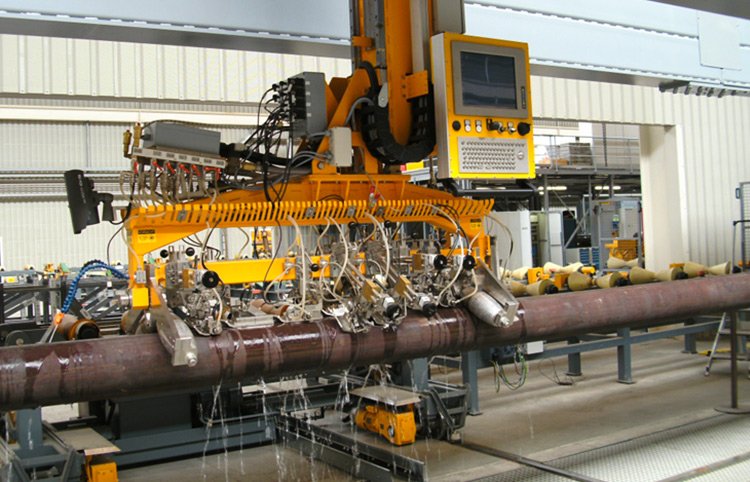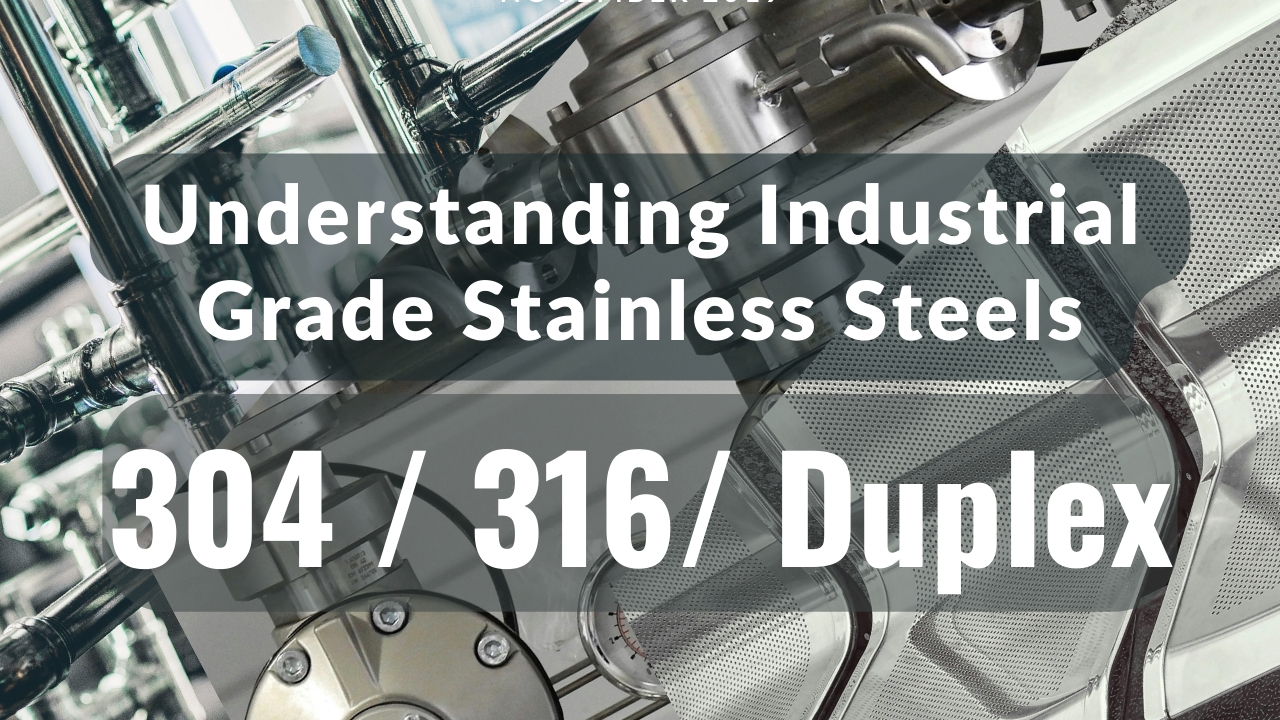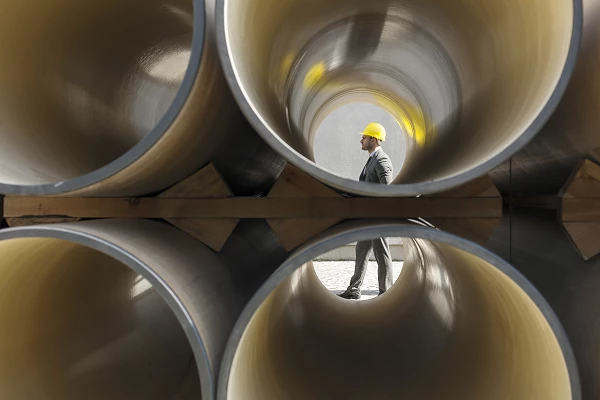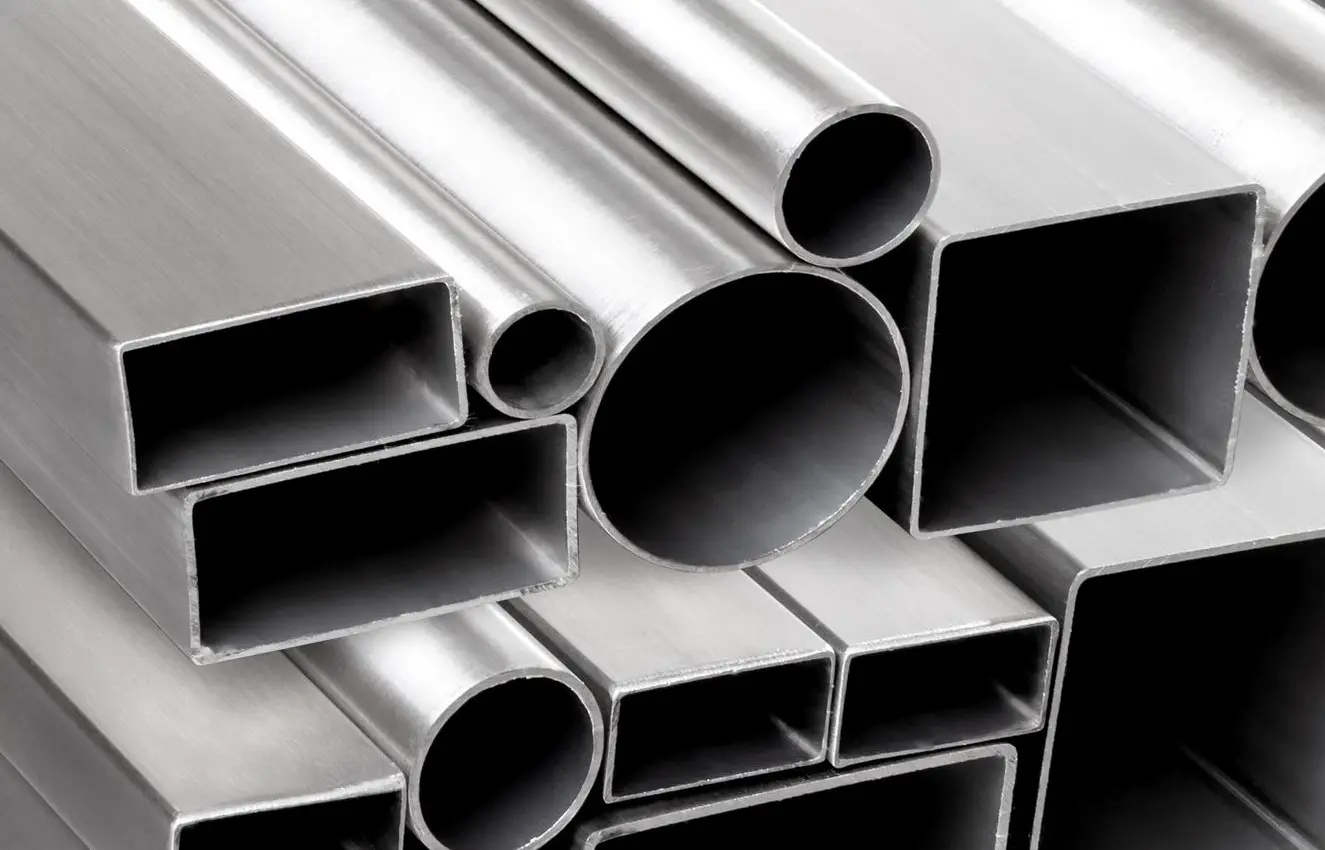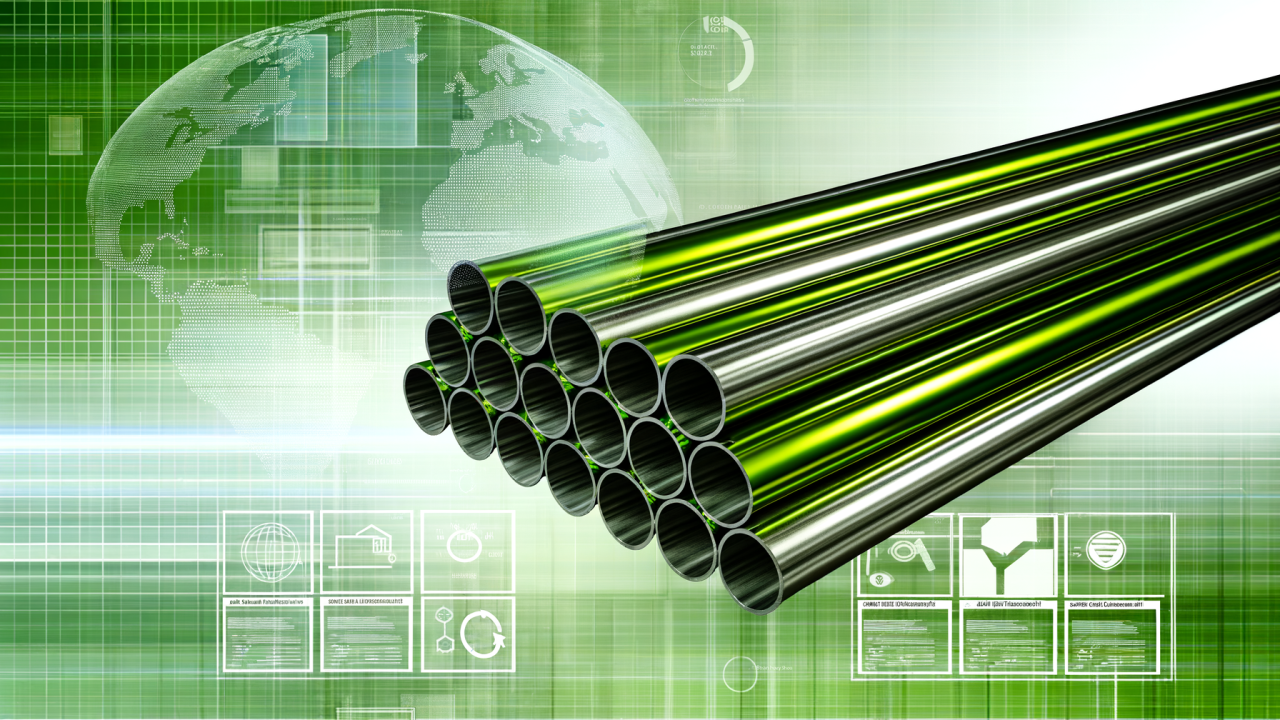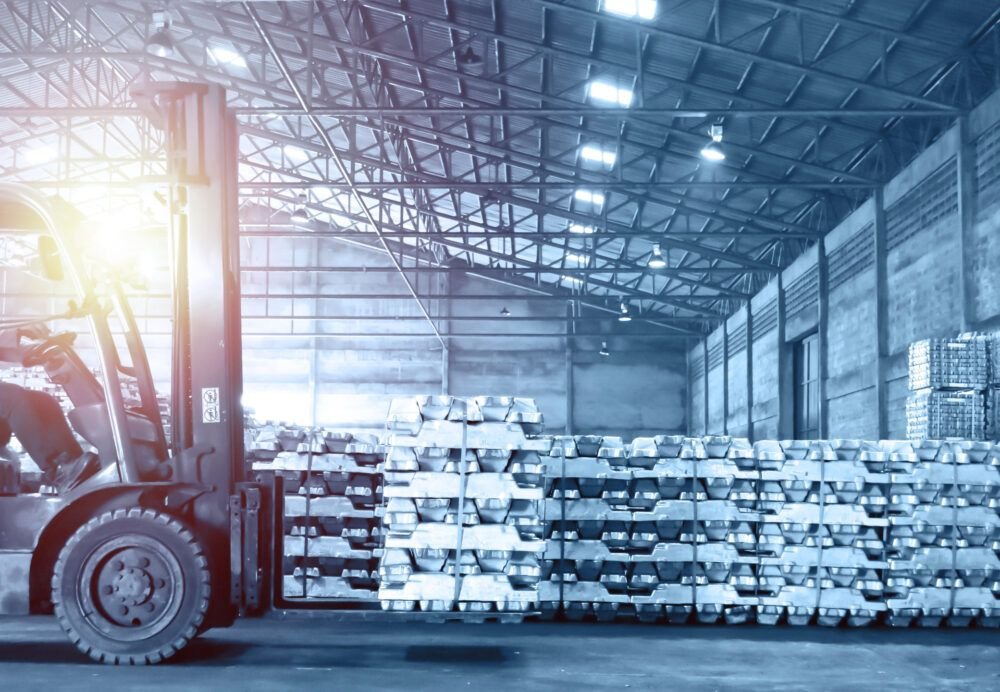Meta Description:
Choosing tubing for high-pressure systems? Learn how to select the right material, wall thickness, and standards for safe and reliable performance in oil & gas, chemical, and hydraulic applications.
Introduction
In high-pressure systems, tubing failure isn’t just costly—it can be catastrophic. Whether you’re building an offshore platform, a hydraulic power unit, or a supercritical fluid system, choosing the right tubing is critical.
This guide breaks down the key factors to consider when selecting high-pressure stainless steel and alloy tubing, including pressure rating, material strength, wall thickness, and relevant standards.
1. Define the Working Pressure and Safety Factor
Your tubing must safely handle the system’s maximum operating pressure (MOP). Add a design safety factor, typically:
- 2:1 for industrial use
- 4:1 for human exposure or critical safety zones
Use formulas or tools like the ASME B31.3 pipe pressure calculator.
2. Choose the Right Tube Size and Wall Thickness
Tube strength is influenced by:
- Outer Diameter (OD)
- Wall Thickness (WT)
- Material Yield Strength
For example, for TP316L tube:
- 12.7 mm OD × 2.11 mm WT → Pressure rating ~ 400 bar (based on 1.5 safety factor)
Tip: Thicker walls increase burst pressure but reduce flexibility and add cost.
3. Material Selection for High Pressure
Common Materials:
| Material | UNS No. | Yield Strength (MPa) | Key Features |
|---|---|---|---|
| TP316L | S31603 | 170–310 | Corrosion-resistant, cost-effective |
| Duplex 2205 | S32205 | 450–550 | Double strength vs austenitic, good weldability |
| Super Duplex 2507 | S32750 | 550–650 | Excellent chloride resistance |
| Inconel 625 | N06625 | 400–550 | Extreme temp and corrosion stability |
| Hastelloy C-276 | N10276 | 300–450 | Ideal for harsh chemical environments |
DLSS manufactures all the above materials in seamless tubing, ensuring no weak weld seams.
4. Standards to Consider
For high-pressure tubing, the following standards apply:
| Standard | Scope |
|---|---|
| ASTM A213 | Seamless tubes for boilers & heat exchangers |
| ASTM A269 | General-purpose SS tubing |
| ASTM A789 | Duplex stainless steel tubing |
| ASTM B444 | Inconel 625 seamless tubing |
| EN 10216-5 | Stainless steel tubes for pressure purposes |
| ASME B31.3 | Design rules for pressure piping systems |
Make sure the tube is supplied with EN 10204 3.1 / 3.2 certificates and relevant NDT reports (UT, ET, hydrotest).
5. Important Tests for High-Pressure Tubing
- Hydrostatic Test: Verifies pressure integrity
- Ultrasonic Test (UT): Detects subsurface flaws
- Eddy Current Test (ET): Detects surface cracks and inclusions
- Hardness Test: Especially for sour-service or brittle failure risks
- Flattening & Flaring Test: Confirms ductility
Learn more: ASTM A1016 Testing Protocols
6. DLSS Capabilities for High-Pressure Tubes
- OD Range: 6 – 60 mm
- Wall Thickness: 1.0 – 6.0 mm
- Pressure Rating: Up to 1000 bar (depends on size/material)
- Finishes: Bright annealed, pickled, polished
- Documentation:
- Hydrostatic test report
- EN 10204 3.1/3.2 MTC
- NDT summary
- PMI & hardness test
FAQs
Q1: Can I use welded tubes for high-pressure?
Welded tubes may be acceptable, but seamless is always preferred for pressure-critical applications.
Q2: What’s the difference between nominal pressure and burst pressure?
Nominal (working) pressure includes safety factors. Burst pressure is the point of failure under ideal conditions.
Q3: Do you offer pressure rating calculations?
Yes. DLSS provides engineering support and pressure rating charts upon request.
Q4: Can tubing be customized for offshore installations?
Absolutely. We offer NORSOK-compliant materials and full marine packaging solutions.
Conclusion
Choosing the right tubing for high-pressure applications involves more than just selecting a material grade. It requires understanding system demands, mechanical properties, and rigorous testing standards. DLSS provides high-strength, high-integrity seamless tubing tailored to your application’s pressure, temperature, and corrosion requirements.
Contact DLSS
Email: info@dlsspipe.com
Website: www.dlsspipeline.com
Looking for high-pressure tubing for oil & gas, chemical, or energy sectors? DLSS engineers are ready to support your material selection and testing needs.


